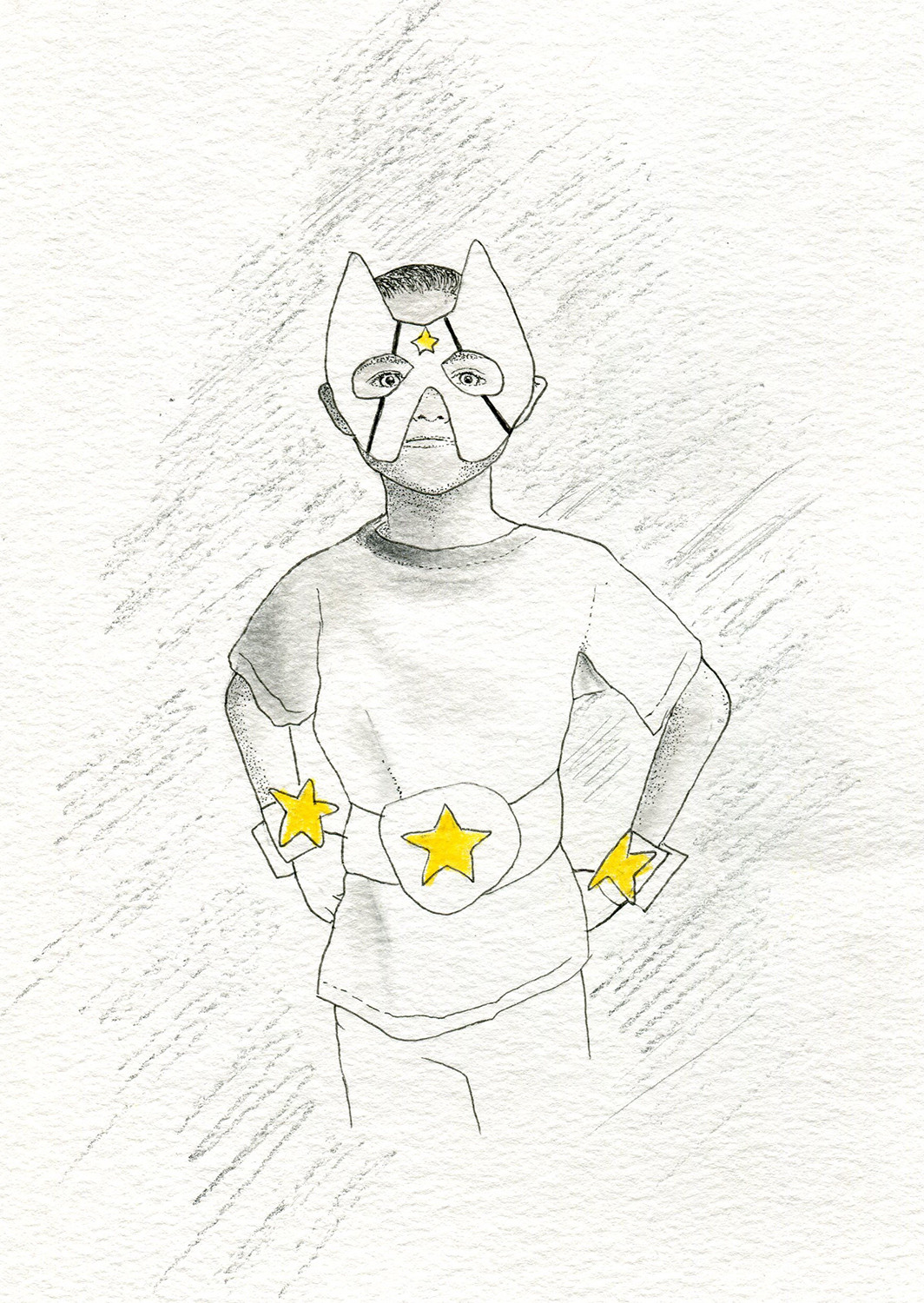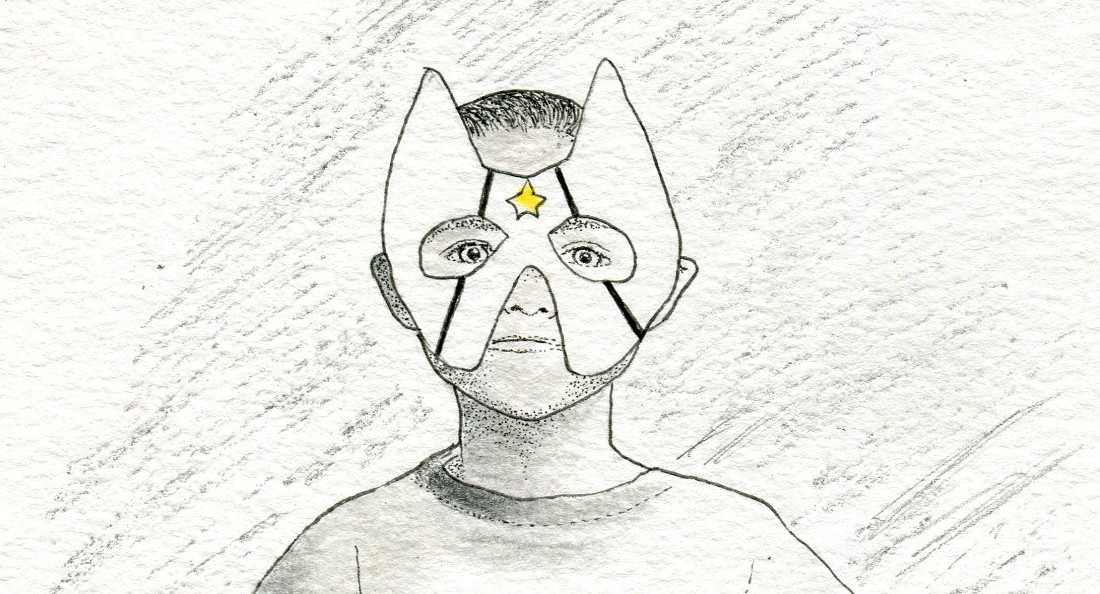Behind the cape
Yes, there are Native kids like Clark Kent
A few years back, there was a fan campaign to get Donald Glover as Peter Parker in the rebooted Spider-Man. When Glover posted about it on Twitter, he received various tweets and emails from angry fanboys threatening him for daring to take Peter Parker away from them. The worst message Glover received, he said, was this: “There are no black kids like Peter Parker.”
In the early days of comic books, the majority of the characters created were frail, white, male nerds who through some spider bite or super serum became buff heroes with a desire to do good.
Clark Kent, Peter Parker, and pre-serum Steve Rogers had their hearts in the right place but were often seen as weak men and mocked for it. The readers saw themselves in their heroes. They were the outsiders, at least, for this time.
Cue the modern era, where the majority of comic readers are women of non-Caucasian descent; and these women are hungry for heroes that look like them. Popular comics recently have included Kamala Khan, a Pakistani-American, as Ms Marvel; Riri Williams, a black MIT student, as Iron Heart; and America Chavez, a Latin American, as Miss America.
These women, due to their religion, intelligence, skin colour or sexual orientation, are seen as outsiders both within and outside of comics.
As a Native nerd growing up in Northern Manitoba, my heroes were Superman and Batman. I strived to be like Superman: hopeful, strong and steadfast in doing the right thing. But I was more like Batman: traumatized and with an anger that fuelled a need for justice to be done.
Sure, I wasn’t a white Kansas farm boy or a psychologically damaged rich white man, but I connected with these two. I saw Batman as a person who wanted to create the change his home needed to get better and used his hurt to fuel his journey.
I saw Superman as a person, like me, who walked in two worlds where he had to balance both identities and try to be true to both. I would look to these two and would try to find their strength, their intelligence and their compassion within myself.
However, I would have lost my mind if Superman was a man that looked like my father or, heck, even a woman that looked like my mother. I wanted to see the people I loved portrayed as kind, brave, hopeful and as determined as my movie heroes, not just like our normal lives as seen on North of 60.
Superhero stories are about loss, and who knows loss better than a Native person? Why aren’t we saving the world?
Representation is important, as it humanizes the other. The majority of my storytelling focuses on that as I attempt to get under the skin of racists by telling them a cool story that just happens to have a Native girl as a superhero. Representation combats stereotypes by letting people know yes, there are black kids like Peter Parker. Yes, there are Asian kids like Steve Rogers. And yes, there are Native kids like Clark Kent.
Sonya Ballantyne is a filmmaker and super nerd from Northern Manitoba.

Published in Volume 71, Number 20 of The Uniter (February 16, 2017)







